Taking Action Against A Destructive Invader
The Snaw-naw-as First Nation, our partner in salmon habitat restoration, is taking action to control reed canary grass in the Side Channel in Englishman River Regional Park.
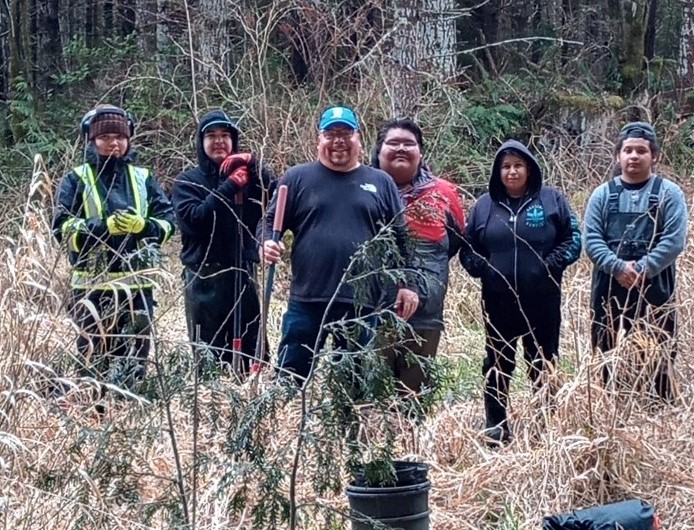
Action Heroes (left to right) Codi Bob, Jesse Bob, Councillor Chris Bob, William Hawkins, Betty Jean Bob, Brenden Bob
Reed canary grass is an aggressive sod-forming grass that invades wetlands. "Sod-forming" means it creates its own soil and can change a marsh into a dry meadow. In 2019, MVIHES conducted a wetland assessment in a 2.8 ha section of the Side Channel called the Beaver Pond. We found that reed canary grass was the dominant vegetation species.
This was bad news since the Side Channel, a Fisheries and Oceans Canada (DFO) salmon enhancement operation, is intended to provide over-wintering habitat for Coho Salmon fry. Adult salmon travel through the Beaver Pond to spawn in the upper section of the Side Channel. Although there are still pools of open water and small channels with water flow, the reed canary grass could eventually fill in those areas, blocking fish passage and displacing habitat.
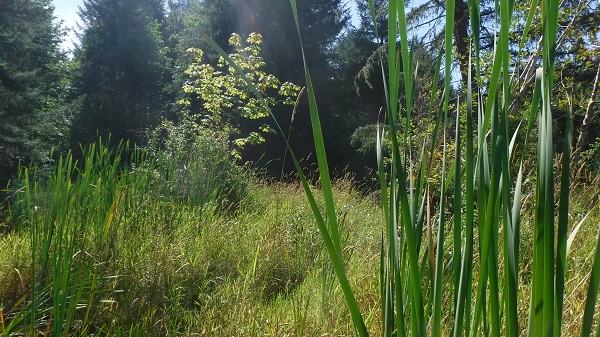
The photo to the left shows how the grass has filled in the open water that existed between the cattails.
It is impossible to remove the grass without causing significant damage to the fish habitat and maintaining sufficient water depth to kill the grass is impractical. The best solution is to provide shade since reed canary grass doesn't survive in shade. Andrew McNaughton, Environmental Consultant for the Snaw-naw-as, proposed planting 100 six-foot tall cedars into the mats of reed canary grass. The cedars should grow into large trees and produce enough shade to control the grass, keeping areas of the Beaver Pond open in the future.
During the week of March 20, and with some guidance from Steven Moore (Andrew's Environmental Technician), members of the Snaw-naw-as donned chestwaders and planted 100 cedar trees into the mats of reed canary grass, as seen in the photos below.
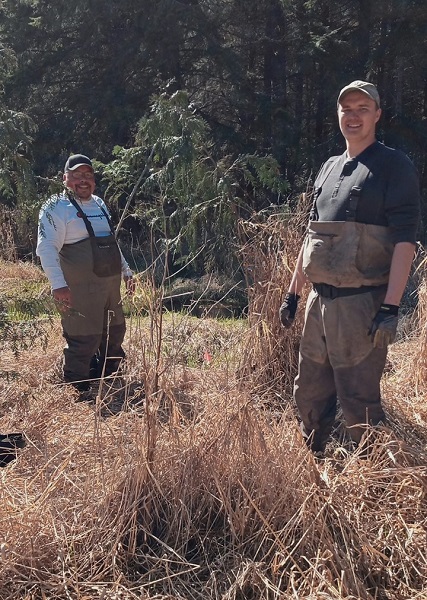
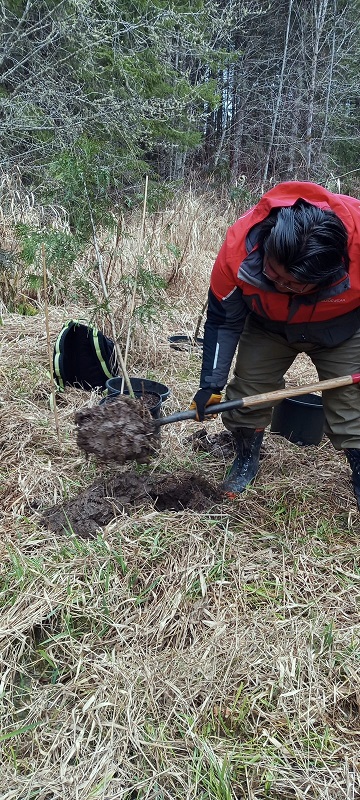
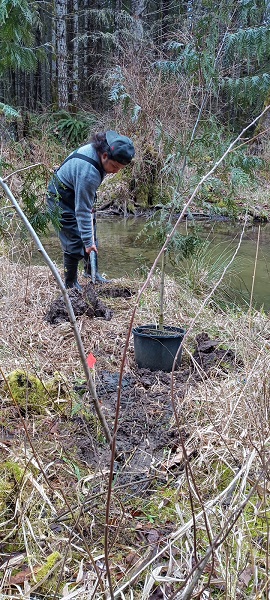
Chris Bob (l.) Steven Moore (r,) Brenden William
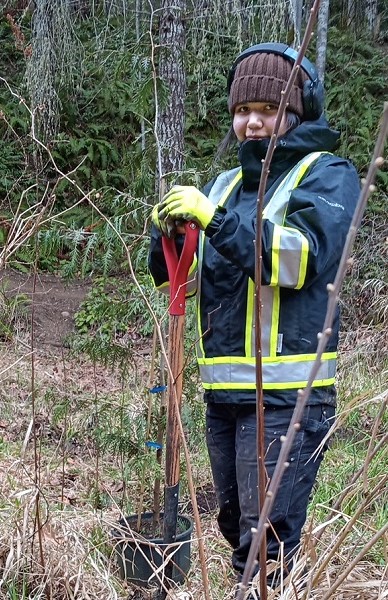
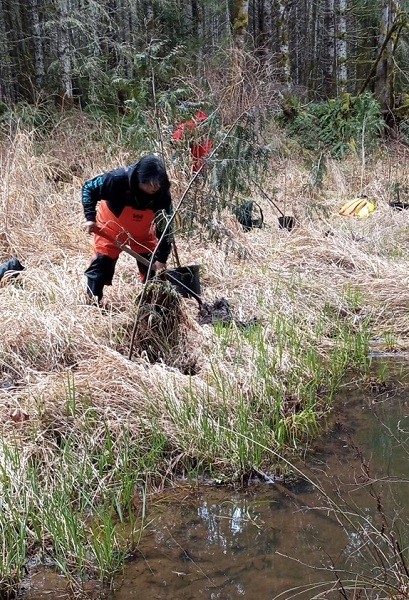
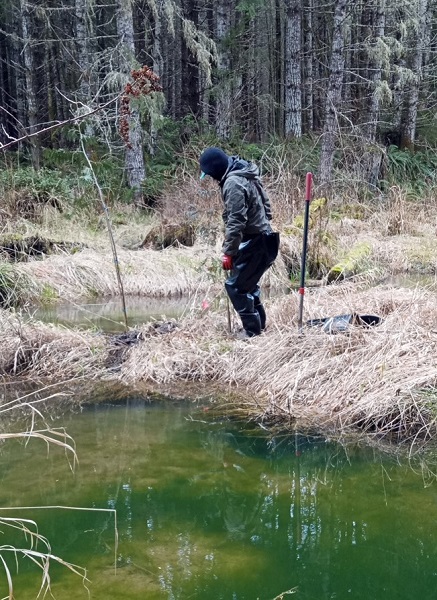
Betty Jean Jesse Codi
Caging is being installed around the trees to protect them from those dam-building beavers. (There's a reason it's called the Beaver Pond).
The trees were purchased from Streamside Native Plants. We'll be monitoring their growth and survival along with the demise of some of the reed canary grass. The most important thing is that pools and channels are available for salmon in the future.
Many thanks to Chris Bob and Snaw-naw-as First Nation, Andrew McNaughton and Steven Moore, and the Regional District of Nanaimo Parks Department, Nature Trust, and DFO for permitting the project to take place.
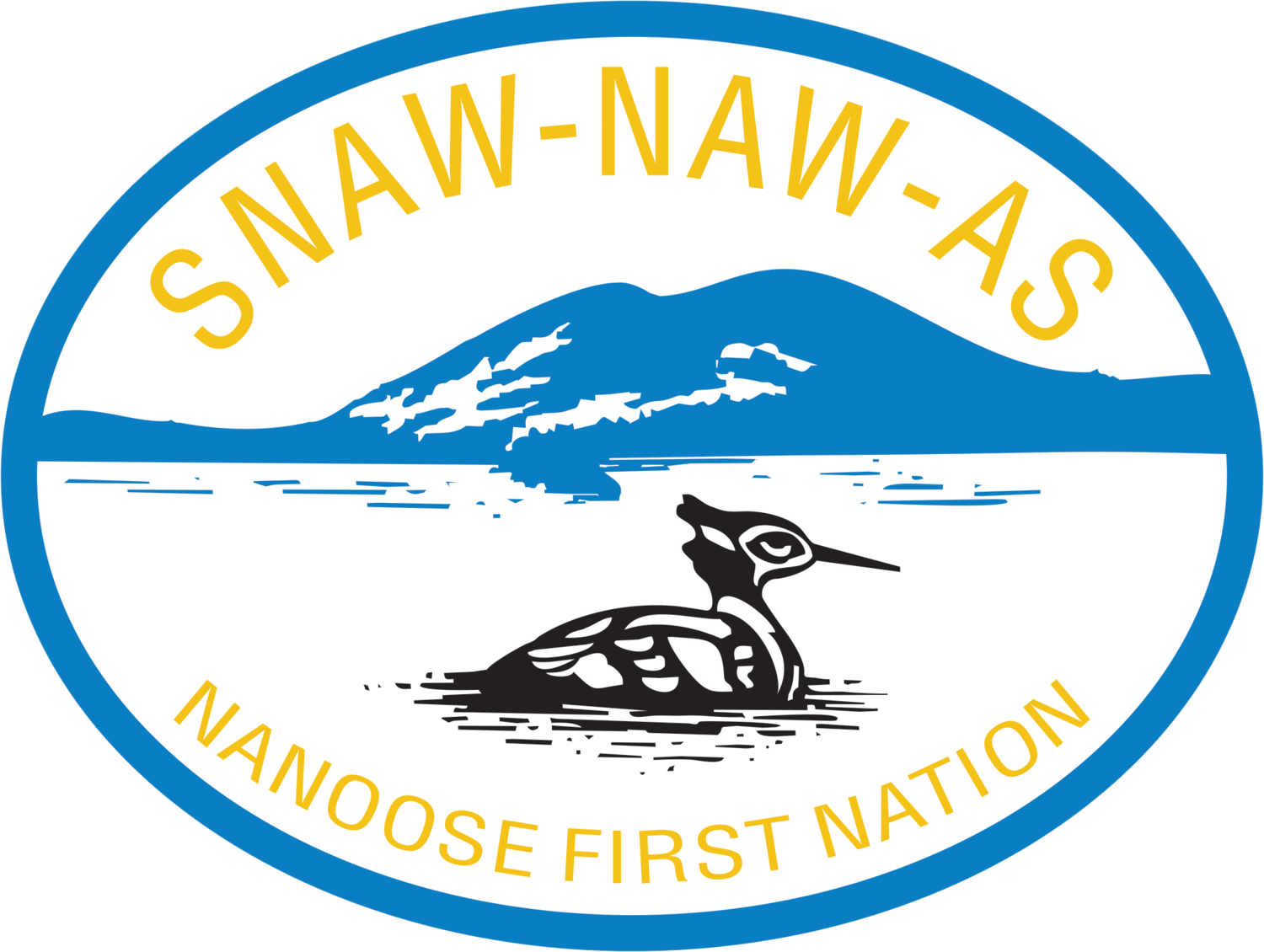

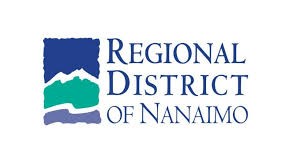
![]()